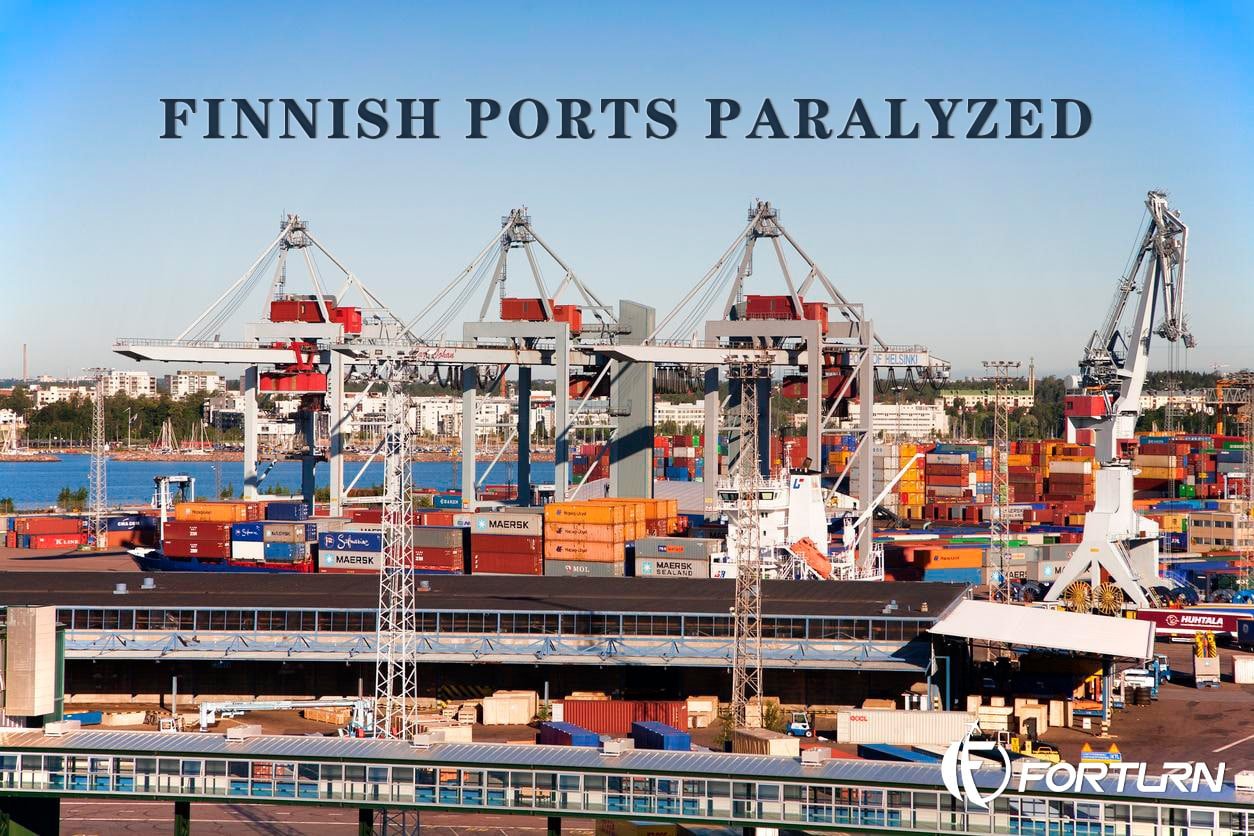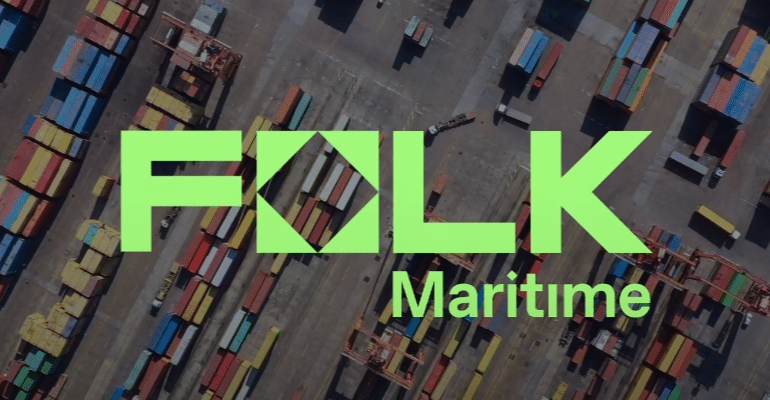The shipping company is going to face a price war, and the profit in 2023 is only equivalent to 5% of last year
In the latest analysis and forecast of the container shipping market, Drewry pointed out that the shipping companies have lost control of the market, and instead of actively managing capacity, they have returned to the old way of price war instead of changing their nature.
A few months ago, Drewry also believed that shipping companies would take necessary measures to reduce shipping capacity before the market completely lost control. The company is used to fighting price wars, but in the latest forecast, Drewry admitted that they were wrong. Now, Drewry believes that only in the case of serious losses, the shipping company will actively change. Earlier, when the container shipping market started to show signs of weakness, shipping companies obeyed deep-rooted instincts to secure short-term orders by cutting prices and guaranteeing volumes, rather than reining in capacity. The shipping companies have not done anything, they launched a large number of air services, but this did not take effect, and the spot freight rate continued to fall, quickly approaching the five-year average price between 2015 and 2019.

Drewry said that the reduction of shipping capacity will make the growth rate of the shipping capacity in 2023 low, about 1.9%, but the relief of supply chain congestion will release a lot of shipping capacity, making the effective shipping capacity expected to increase by about 19%, and the market will return to oversupply. According to Drewry’s observations, the proportion of idle fleets is only slightly higher than three months ago, and the current capacity reduction measures have not taken effect. The profitability of the Asia-West America and Asia-North Europe routes is declining rapidly, but they are still profitable, so the shipping companies lack the incentive to significantly reduce capacity. However, if the precipice is not stopped in time, these two routes will soon fall below the breakeven point, on the other hand, the transatlantic route is still very profitable.
Drewry believes that the profit and loss line of the Asia-West America and Asia-North Europe lines will converge, which will prompt shipping companies to take action, but the shipping companies do not want to act too hastily, they want to see how the period before the Spring Festival (from January 22) will be. Whether there will be a peak in orders, and at the same time, some capacity can be transferred to the transatlantic route to make money. Therefore, Drewry believes that in view of the alarming decline in cargo volume and the ocean freight rate being close to breakeven, shipping companies will make substantial capacity adjustments in 2023 to prevent freight rates from falling below the breakeven level, rather than through effective capacity management.

Drewry estimates that in 2023, the comprehensive operating profit of the container shipping industry will decline to $15 billion, only 5% of 2022 ($290 billion). Other agencies have also expressed their views. At the beginning of the year, Linerlytica pointed out that losses may occur this year. John McCown is relatively optimistic. He expects shipping companies to make profits in 2023, and active capacity management will be the core factor for shipping companies to avoid financial deficits. The chief analyst of freight rate platform Xeneta Analyst Peter Sand believes that the idle fleet needs to be paid attention to. Xeneta expects that 25% of container ship orders will be delayed, and no more than 10% of orders will be canceled.

HSBC believes that inflation will keep demand down in 2023, and a lot of shipping capacity will flood into the market this year and next, which may trigger a new round of price wars. British consulting firm Maritime Strategies International said that this year’s old ships will be scrapped. The volume may increase, and the scrapping capacity will reach about 270,000 TEU by the end of this year, and there will be greater growth in the following years. Xeneta expects to scrap 400,000 TEU of capacity, which is still short of the record 696,000 TEU in 2016. The decline in cargo volume is obvious to all, and various consulting agencies have different opinions, but the point of disagreement is how the shipping company will deal with the predicament, or whether the shipping company can maintain profitability.










